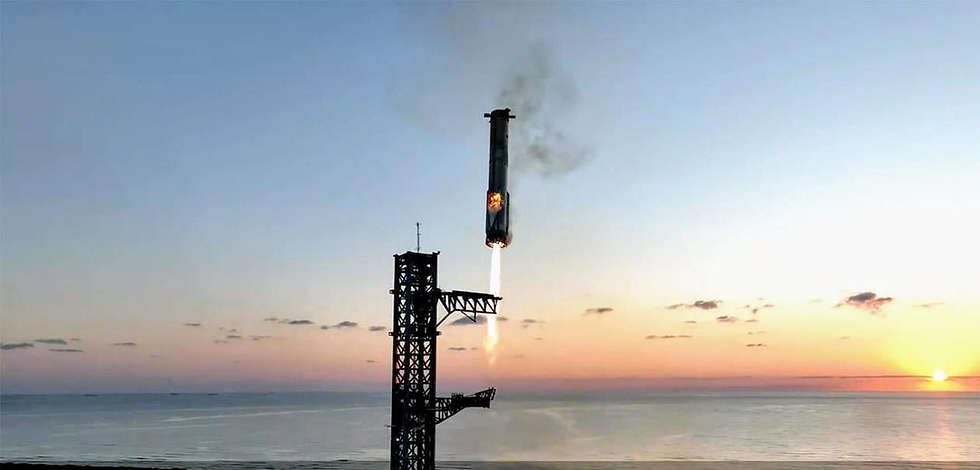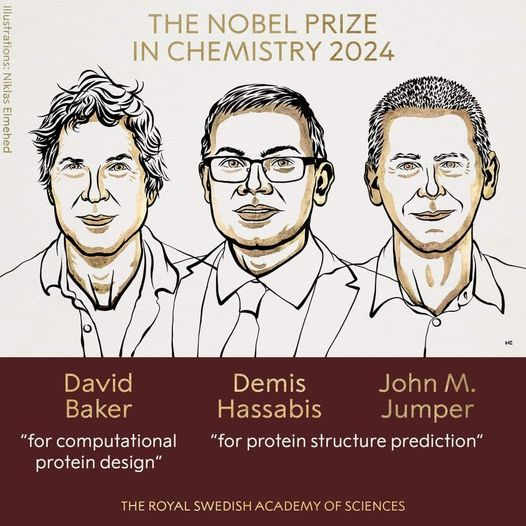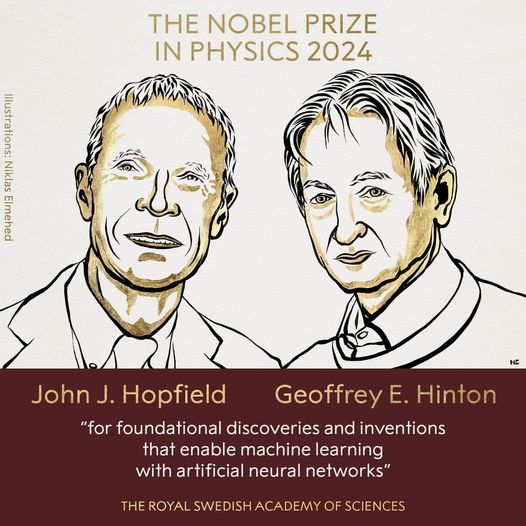SpaceX’s Arm Catcher: A Physics Revolution in Rocketry
- Shubhayan Mukherjee

- Nov 19, 2024
- 3 min read
Elon Musk—the name behind one of the most groundbreaking engineering accomplishments of our time. While many are fascinated by his billionaire status, for me, it’s not the money that matters. It’s his passion and determination to make seemingly impossible ideas a reality. And among the many successes of SpaceX, Mechazilla, the arm-catching system designed for the Starship Super Heavy booster, stands out as a remarkable innovation in progress.
I’m pursuing a Ph.D., deeply involved in experimental research, but how often do we pause to think about how our work might be applied beyond theory? We focus on the core principles of physics, but then what? A few research papers? Is that all we contribute to society? Yes, fundamental research is crucial—but it’s when these theories connect with real-world applications that the true brilliance of physics comes alive.
- Physics Meets Reality
Let’s look back a century. We’ve all read about the excitement surrounding Einstein’s Theory of Relativity. The enthusiasm was real, but his Nobel Prize wasn’t for that theory—it was for his work on the Photoelectric Effect. Why? At that time, relativity wasn’t yet developed enough to be practically recognized. The same applies today to theories like String Theory, waiting for their time to be understood through experiments.
This is where SpaceX shines. Musk might not be the one doing the calculations, but he is the visionary enabling scientists and engineers to turn their theories into reality.
- Projectile Motion and Precision Landing
At the heart of SpaceX’s success is a deep understanding of projectile motion. As the booster reenters the atmosphere, it behaves like a massive projectile influenced by gravity, air resistance, and drag. Its trajectory is carefully calculated, accounting for its speed, mass, and angle of reentry.
Yet, the booster isn’t a passive object. Using grid fins and controlled thrusters, it adjusts its flight path to aim for the “arms” of Mechazilla. This involves thrust vectoring, where the direction of the rocket’s engines can be adjusted, allowing for fine control over the rocket’s movement and ensuring a vertical descent.
- The Mechanics of Mechazilla
Mechazilla, the arm catcher, is more than just a robotic mechanism—it’s an engineering marvel. The Starship Super Heavy booster, which weighs approximately 3,000 tons when fully fueled, comes down at tremendous speed. The arms must not only catch the rocket but also absorb its momentum and stabilize it, all without damaging the structure.
Here, Newton’s Third Law—for every action, there’s an equal and opposite reaction—plays a crucial role. As the rocket’s downward force is met by the arms, the forces are spread evenly across the structure. Damping systems absorb the shock, ensuring the rocket stays upright and secure after the catch.
- AI, Automation, and Control Systems
None of this would be possible without advanced control systems and AI-driven algorithms. As the booster approaches the landing zone, real-time sensors and computations fine-tune the rocket’s path, adjusting for factors like wind or speed changes. These algorithms make small corrections to ensure the rocket aligns perfectly with the catcher arms—without human intervention.
- Technological Reality: From Vision to Implementation
What SpaceX has accomplished with their arm catcher is a perfect example of how far physics has come—from being just an academic field to solving real-world problems. It mirrors the journey of physics itself, moving from pure theoretical studies like aerodynamics and kinematics to experimental achievements like catching and landing rockets safely.
Sources:





Comments